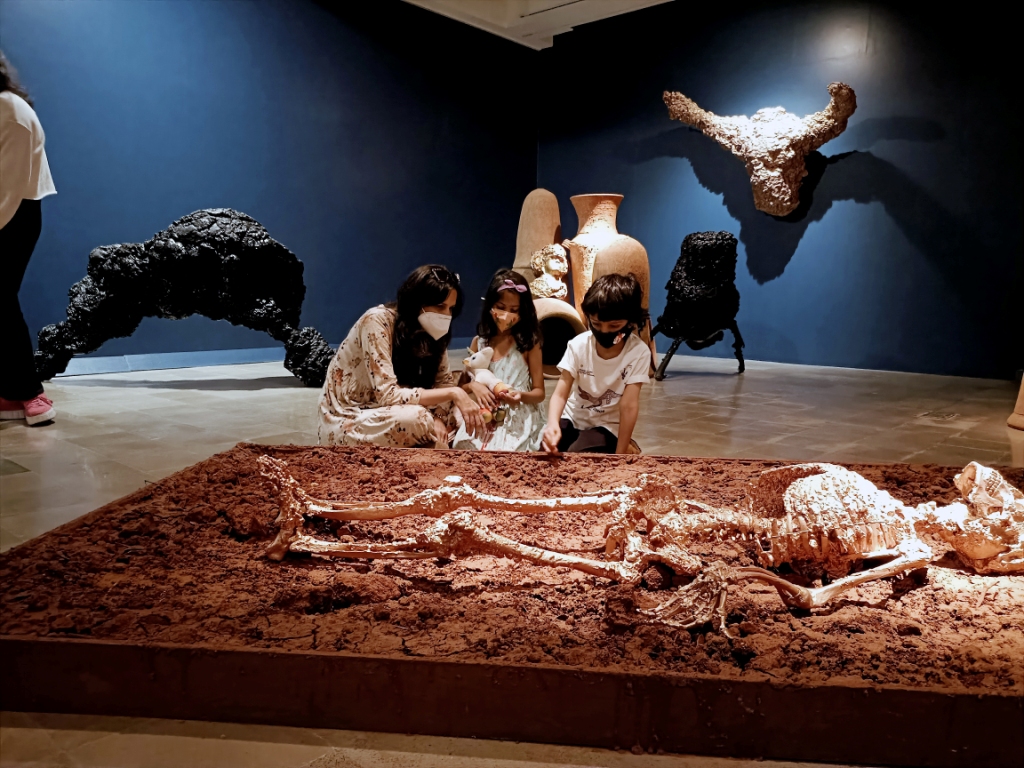
Uma Nair.
Reminding one of the power and wisdom of portraiture, be it of the mundane or the rare, Sooni Taraporevala’s
photography show on ‘Parsis’ was a gentle look at the poetic and curious lives of the community, observes
Sooni Taraporevala seemed energized and full of joi de vivre as she led
a stream of visitors around the beautiful maze-like rooms of the National
Gallery of Modern Art (NGMA) for an Art Walk. Her culling of Parsis is an
ode to her own race – to a community that personifies a gracious air of colonial
sophistication even as they live their lives in a quaint and curious way.
You could begin looking at this show from anywhere and it is a leitmotif
to the truth that our imagination that gives a “body” to “forms of things
unknown,” making the invisible visible. Taraporevala is an unconsciously
gentle poet and the many images give us an unraveling of a “poet’s pen” that
captures the process of simplicity in language, giving “airy somethings” a
“local habitation and a name.” That habitation is in the concrete here and
now, in the very scenes and moods that surround us and envelop us in a
haze of tranquil moods.
So, as you read the expressions or smile a silent smile, Sooni’s effortless
banter and commentary mix with the ebb and flow of your thoughts, even
as you look at images of Parsis reading the newspaper, drinking coffee or
staring into space in a shop counter. Of course, there is the vignette of Zubin
Mehta’s world so many moons ago when he made a debonair dreamer,
who could gaze into the realm of enchantment even as reality is another
Mumbai from yesteryear.
In many ways, after looking at the images Taraporevala, we are reminded
of Theseus, the poet, who is guilty of claiming that there is more to life
than there is. Not content with seeing “some joy” the poet imagines “some
bringer of that joy” – a god or a goddess in a heavenly palace, perhaps.
The success of this show is the ability of Sooni to make the impersonal
personal, trying to turn humble existence into a momentous drama. The
photographer’s “rolling” eye is in constant motion, never still, always hungry
to observe. But what does she see? She glances “from heaven to earth, from
earth to heaven.” She connects the transcendent with the tangible world
around us to give us images that will speak into eternity, even as they sigh
the sadness of a crumbling community.
Taraporevala gives us a signature of societal rituals and cultural cocoons
even as she represents the voice of reason, doubtful of the Parsis’ joys and
fears, which in the cold light of day appear transient and vanishing. Under
the eye of the midsummer moon, however, every one of these images
could be read as compliments. Ironically, she reminds us why the power
of a portrait is so wise. After all, who doesn’t want to see the invisible?
Who doesn’t want to conceive of magic and mystery? Parsis goes beyond
the fabric of existence to give us Nat King Cole’s golden voiced echo in the
words: You will never grow old/while there’s love in your heart.

